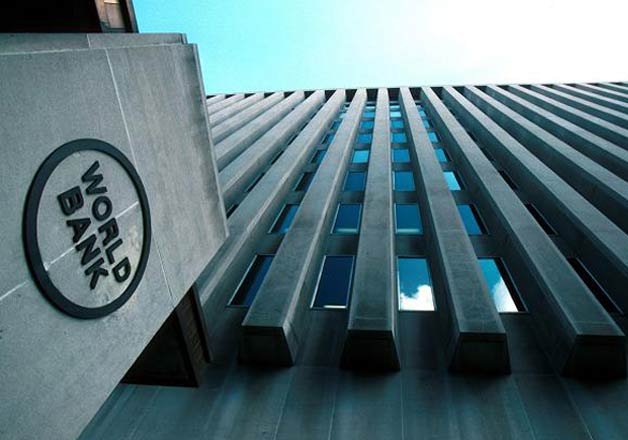World Bank trims Philippine growth outlook
MANILA, Philippines — The World Bank has trimmed anew its growth forecast for the Philippines to 6.6 percent this year and 6.7 percent in 2018 and 2019, citing a slower-than-expected implementation of public investment projects which stalls the growth in spending.
The international financial institution in April pegged its economic growth outlook for the Philippines this year at 6.9 percent, then downgraded it to 6.8 percent last July. Its forecast for 2018, meanwhile, was changed from 6.9 percent in July and April.
“Growth in the Philippines is likely to expand at a slightly slower pace in 2017-18, due in part to slower-than-expected implementation of public investment projects. Nevertheless, it is expected to continue to be the fastest growing of the large ASEAN economies,” said the bank in the October edition of its East Asia and Pacific Economic Update.
“The delay in the planned government infrastructure program has contributed to slower growth in investment spending, thus softening the growth prospect for the year,” it added.
The country, however, is expected to remain the fastest growing economy in Southeast Asia in 2017 and 2018, propped up by sustained domestic demand driven by high consumer and business confidence, modest inflation, robust remittance growth and improving real wages.
Consumption spending in the country grew close to six percent in the first two quarters of the year “and is expected to accelerate in the second half of the year,” the World Bank said.
As short-term growth prospects improve for the region, the World Bank urges countries to continue pursuing structural reforms that can yield long-term economic benefits.
For the Philippines, this means addressing multiple sources of income inequality as well as implementing reforms that strengthen competitiveness and productivity.
“In Thailand and the Philippines where large infrastructure projects are underway, public investment management system need to be strengthened,” said the World Bank report.
The Philippines is exploring several funding options for its $160-billion infrastructure development program although it is committed to source the bulk of the funding requirements from government appropriations.
The latest snag to this plan appears to be the significantly lower revenue yield of the Senate version of the first package of the tax reform program. Estimates of the finance department showed this may yield P59.9 billion in additional revenues in the first year of implementation, way below the P133.8 billion estimated net gain from the version of the House of Representatives.
Socioeconomic Planning Secretary Ernesto Pernia said fewer infrastructure projects may be funded if the Senate version is signed into law. Should this happen, the government would have to prioritize projects based on immediate need and those with a clear chance of being completed within the administration.
He said the government is seeking to implement major projects within the planned implementation period even as various means of funding are considered.
“We’ll try to disprove them,” he said about the World Bank growth forecast for the Philippines yesterday.
Improved global growth prospects and strong domestic demand support a positive outlook for developing economies in East Asia and the Pacific. Growth projection in the region was raised to 6.4 percent in 2017 from the earlier forecast of 6.2 percent in April.
Stronger growth in advanced economies, a moderate recovery in commodity prices, and a recovery in global trade growth, will hold up the economies of developing East Asia and Pacific, said the World Bank.
“The recovery of the global economy and the expansion of global trade are good news for the East Asia and Pacific region and its continued success in improving living standards,” said Victoria Kwakwa, World Bank vice president for the East Asia and Pacific Region.
“The challenge will be for countries to strike a balance between prioritizing short-term growth and reducing medium-term vulnerabilities, so that the region has a stronger foundation for sustained and inclusive growth,” she added.
Source: http://www.philstar.com/business/2017/10/05/1745521/world-bank-trims-philippine-growth-outlook


 English
English




